iCeMS Photography Tour
iCeMS Main Building

1st floor Courtyard

1st floor Researchers room
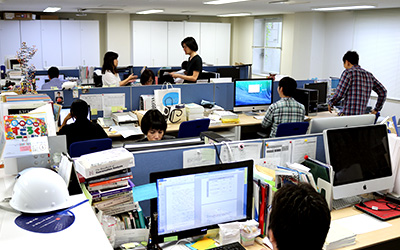
2nd floor Exchange Lounge

ONE POINT
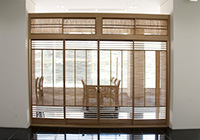
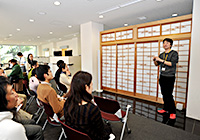
2nd floor Seminar room
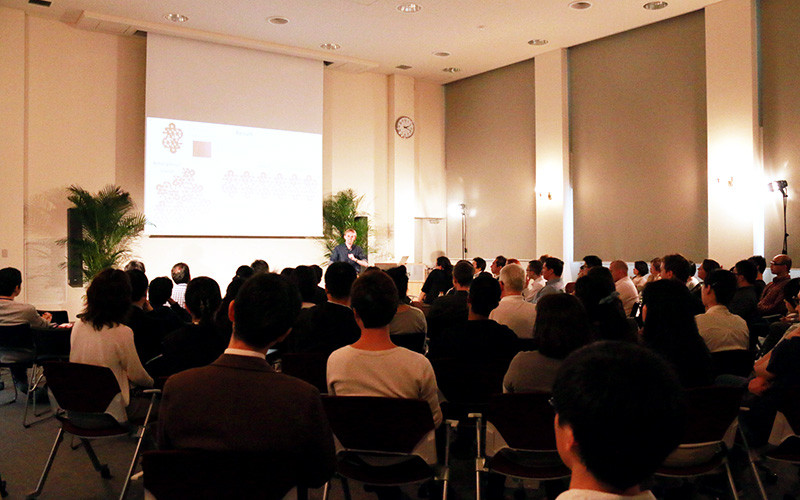
ONE POINT
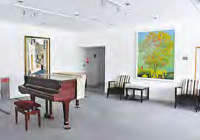
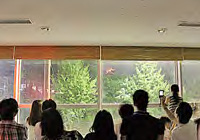
2nd floor Shared laboratory / common equipment room
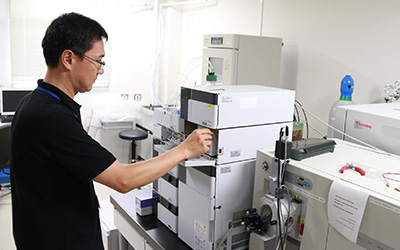
3rd floor Cell culture room

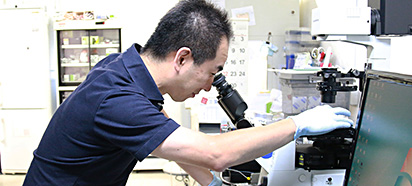
iCeMS Research Station
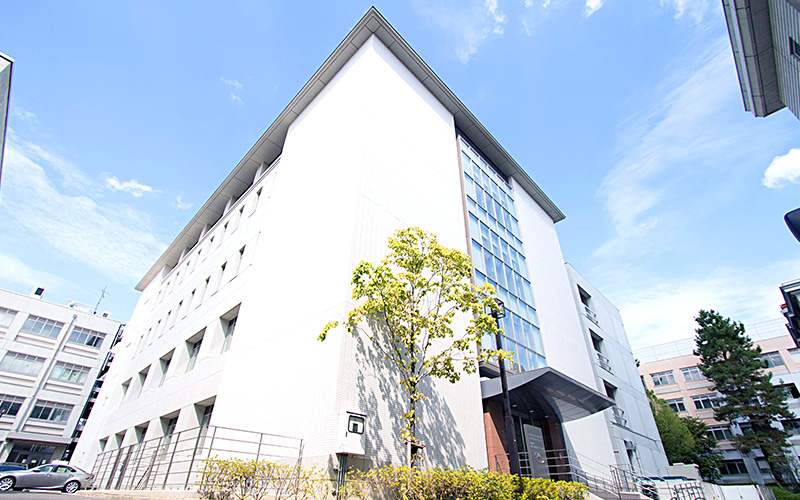
1st floor-2nd floor Researchers room

The meeting room
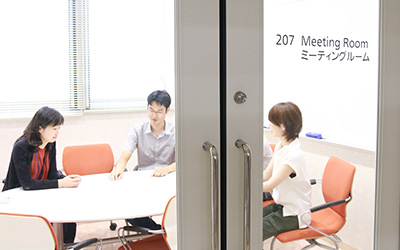
ONE POINT
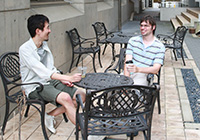
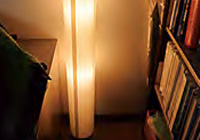
2nd floor Project Lab

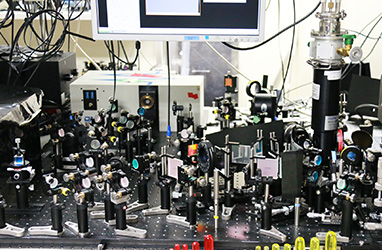
3rd floor Biochemical system laboratory
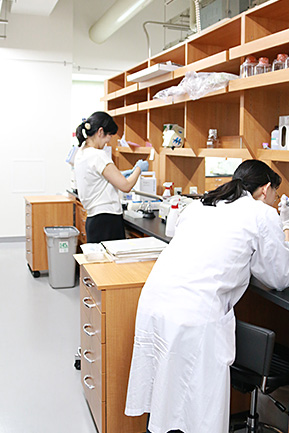
4th floor Chemistry lab
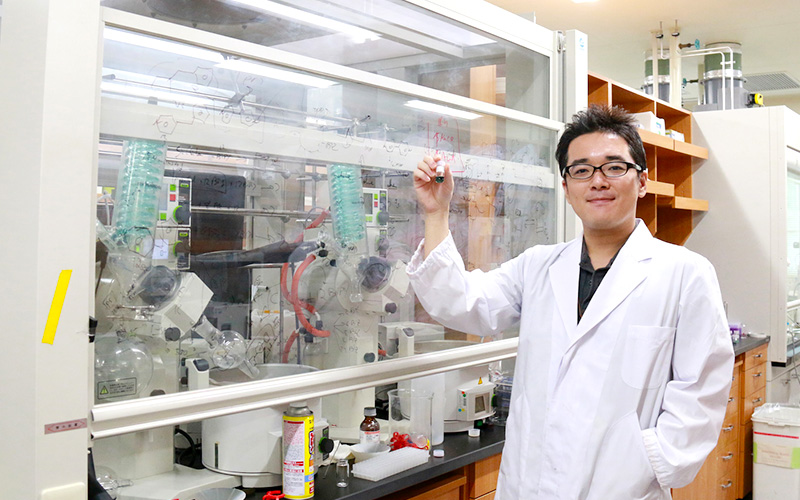
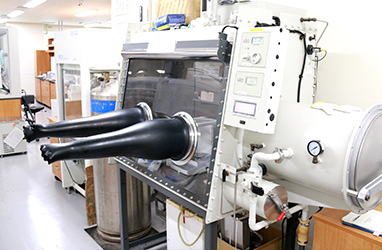
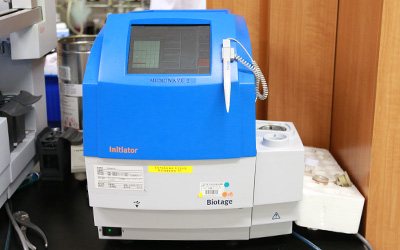
ONE POINT
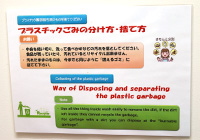
The official language used in iCeMS is English. Foreign researchers account for about 30% of all researchers working at the institute.
※Cooperation: Kyoto Tsushinsha Press